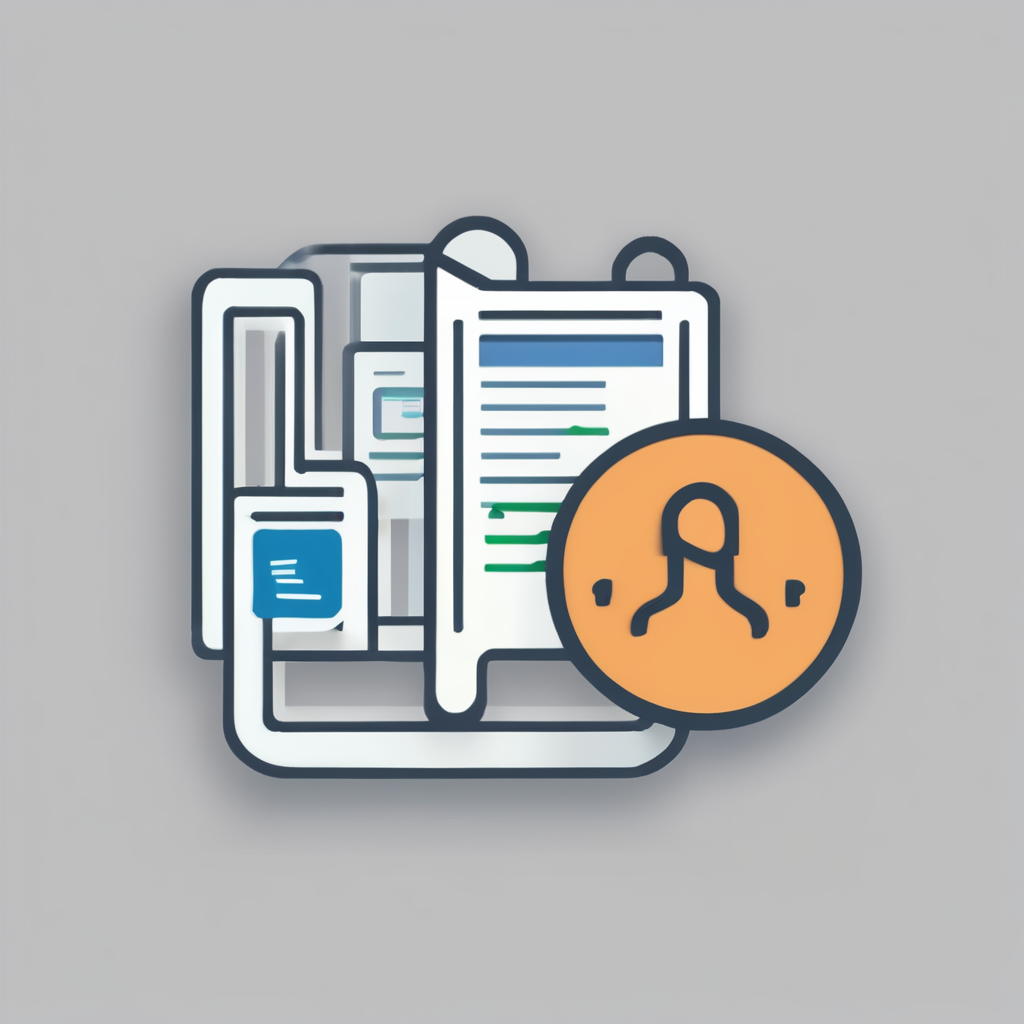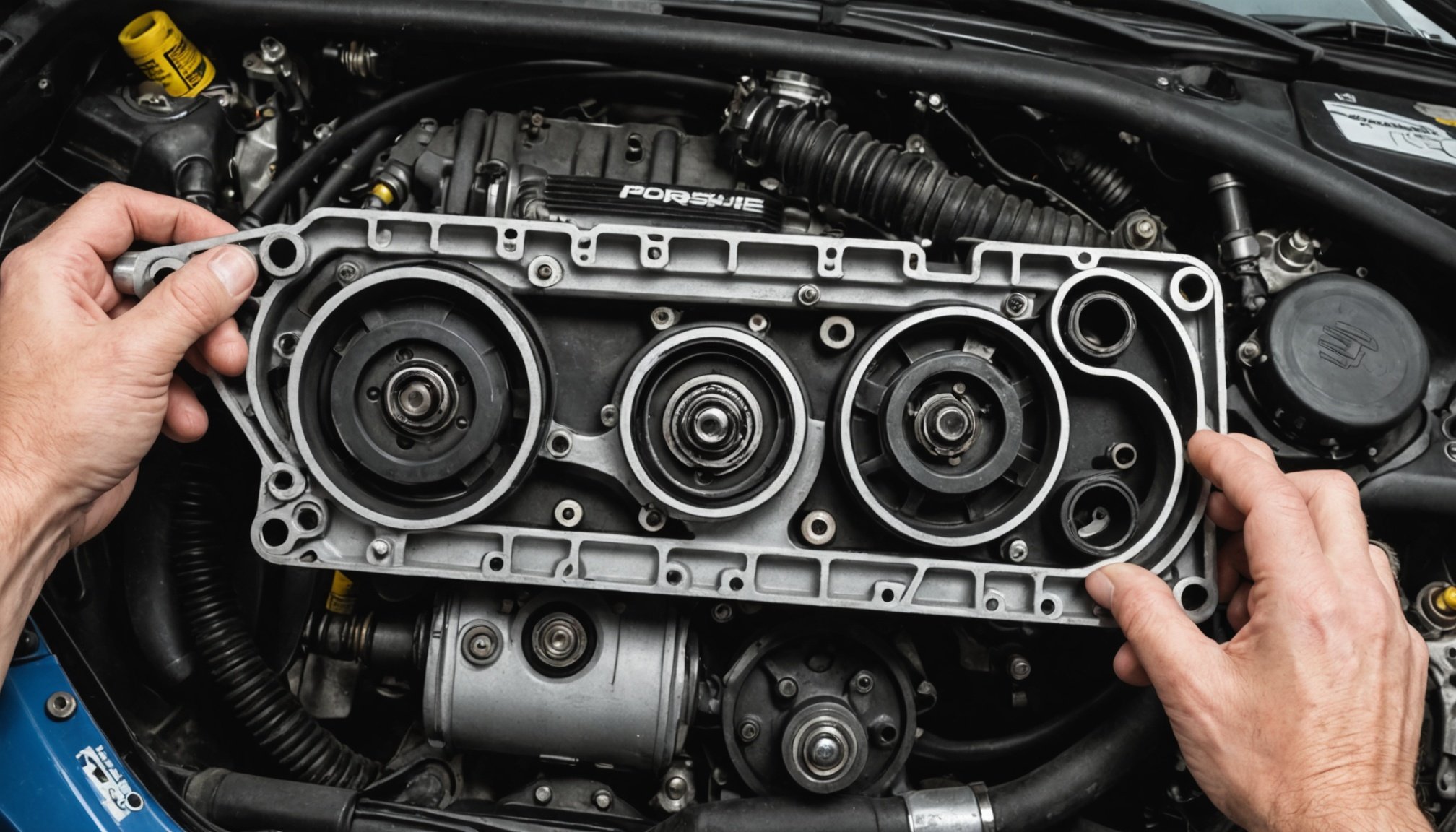Overview of Porsche 944 Timing Belt Replacement
Timing Belt Replacement is crucial for the longevity and performance of your Porsche 944. It is pivotal to the engine’s operation, synchronising the rotation of the crankshaft and camshaft. If neglected, a worn belt may lead to severe engine damage.
Proper Porsche 944 Maintenance, including timely belt replacements, ensures optimal vehicle functionality. Changing the timing belt is a meticulous process. The first step involves removing obstructive components to access the belt. Following this, the new belt needs to be aligned precisely with the timing marks to maintain engine synchronisation.
Topic to read : Comprehensive Tutorial: Effortless Carbon Fiber Rear Spoiler Installation for Your BMW M4
One of the significant benefits of performing the replacement yourself is the cost efficiency. Labour charges constitute a substantial portion of auto repair expenses. By opting for a DIY approach, you also gain an intimate understanding of your vehicle’s workings. However, this requires having access to the correct tools and devoting ample time to the task.
Additionally, DIY timing belt replacement allows you to select quality parts, providing more control over the outcome. Always ensure all safety measures are in place during the replacement to safeguard both yourself and your vehicle. Regular maintenance not only preserves the car’s performance but also extends its lifespan, making it a worthwhile investment.
Also to see : What Innovations Could Shape the Future of the UK Automotive Industry?
Essential Tools and Materials
A successful timing belt replacement for the Porsche 944 requires specific tools and materials to ensure the job is done efficiently and safely. Starting with the tools for timing belt replacement, a fundamental requirement is a timing light to verify that the engine timing is correctly set before and after the new belt is fitted. Socket sets, including deep sockets, are essential for removing various components.
Additionally, using a torque wrench guarantees that bolts are tightened to factory specifications, averting potential damage. For specialised tasks, an engine support bar holds the engine in place, while a crankshaft pulley holder ensures stability during removal.
Recommended materials include OEM quality timing belts and tensioners, as these are tailored for optimal compatibility and durability with the Porsche 944. To complete the job, accessory belts should also be inspected and replaced if necessary to secure a comprehensive fix.
Safety gear and precautions cannot be overlooked. Safety glasses and gloves protect against debris and sharp objects, while a well-ventilated workspace reduces inhalation of fumes. Furthermore, using jack stands will stabilise the vehicle, preventing hazardous mishaps. Proper preparation with the right tools and safety measures ensures a smooth, efficient replacement process.
Preparation Steps Prior to Replacement
Before diving into the timing belt replacement, a systematic approach to preparation is essential. This ensures a smooth and safe replacement process.
Vehicle and Environment Setup
First, organise a safe workspace. Ensure your garage or work area is well-lit and free from clutter. Properly secure the vehicle on jack stands to guarantee stability. A well-prepared environment aids in preventing accidents during the maintenance.
Gathering Information
Next, review the Porsche 944 service manual meticulously. This step helps identify particular specifications or requirements unique to the model. Familiarise yourself with technical diagrams and procedures outlined in the manual. Understanding these details shrinks the margin for error during the replacement.
Preliminary Checks
Before accessing the timing belt itself, perform a visual inspection for any signs of wear or damage. Check for cracks, fraying, or oil contamination. Inspect surrounding components, such as the water pump and pulleys, for potential repair or replacement. Detecting these issues early allows for a more comprehensive maintenance job.
By following this pre-replacement checklist, you enhance your readiness to tackle the task efficiently, ensuring a successful outcome and prolonging your vehicle’s performance and durability.
Step-by-Step Timing Belt Replacement Instructions
Embarking on a timing belt replacement for your Porsche 944 requires meticulous attention to detail. This guide outlines each step to ensure a successful installation.
Removing the Existing Timing Belt
First, clear the way by removing parts that obstruct access to the timing belt. This typically involves components like the radiator fan and accessory belts. Use socket sets and follow vehicle schematics to avoid complications.
Next, detach the old belt by loosening the tensioner. Carefully slide it off the pulleys, avoiding rough handling to prevent damage to adjacent parts. Store all removed components safely for later reinstallation.
Installing the New Timing Belt
Positioning the new belt requires precision. Align it with the crankshaft and camshaft timing marks to maintain engine synchronisation. Slip the belt over the pulleys, keeping tension equal across all points.
Ensure that the timing belt is correctly seated. Adjust the tensioner back to its optimal setting to secure the belt firmly.
Reassembly
Once the belt is fitted, begin reassembling removed components, following the reverse order. Pay attention to each piece’s positioning to ensure they align as per the original setup.
Finally, perform comprehensive safety checks before starting the engine. Look for any misaligned parts or loose bolts to preempt potential failures. This meticulous process guarantees your Porsche 944 runs smoothly post-maintenance.
Common Pitfalls and Troubleshooting
Timing Belt Replacement in the Porsche 944 can be challenging, with potential pitfalls even for seasoned DIY enthusiasts. Common mistakes during the process include incorrect tensioning of the belt and misalignment of the timing marks. If the belt is too tight, it may cause undue wear on the bearings, while a loose belt risks slipping off. Aligning the timing marks incorrectly can lead to poor engine performance or failure to start.
To identify signs of incorrect installation, pay attention to unusual engine noises or vibrations immediately after replacement. If these occur, re-check the alignment and tension. Misadjustments can severely affect engine synchronisation.
Address these issues through methodical troubleshooting:
- Re-inspect the tensioner and adjust it if necessary.
- Double-check the timing marks to ensure they are correctly aligned.
- Inspect the engagement of the belt with pulleys to confirm proper meshing.
Recommended troubleshooting steps involve running a diagnostic check using automotive software if the engine still misbehaves. For persistent issues, consult a professional or join Porsche enthusiast forums to discuss potential solutions with experienced users. Being proactive and attentive during and after the installation can help mitigate these challenges and maintain optimal vehicle performance.
Maintenance Tips for the Porsche 944
Regular Timing Belt Maintenance is critical for the health of your Porsche 944. At the core, knowing when to examine and potentially replace the belt can save thousands in repairs. Ideally, inspections should be conducted every 30,000 miles or sooner if you notice any wear or noise.
Regular Porsche 944 Care goes beyond just looking at the timing belt. During each inspection, also examine other components like the water pump and seals. Since these parts often wear similarly, simultaneous replacement can be cost-effective and minimise labour in the future.
Detecting Timing Belt Problems early is key. Signs like ticking noises, engine misfires, or oil leaking from the timing cover hint at an issue requiring immediate attention. Address these promptly to prevent escalation into more severe and costly engine repairs.
In addition to the belt, keep other maintenance tasks in mind. Check fluid levels, inspect brakes, and assess tyre conditions regularly to ensure overall vehicle safety. This not only boosts performance but also enhances the lifespan of your car.
A properly maintained Porsche 944 not only preserves its value but also ensures a smoother, more responsive drive. Stay proactive to maximise the longevity and reliability of your vehicle.
Additional Resources
Equipping yourself with DIY repair resources enhances your ability to execute a flawless timing belt replacement on your Porsche 944. These resources provide crucial visual aids and detailed instructions that make the process more manageable. Watching suggested video guides can clarify complex steps, offering clear demonstrations of procedures such as tensioning the new timing belt or aligning timing marks correctly.
Printable checklists can also be invaluable, ensuring you follow every step methodically. These lists help you keep track of tasks, from gathering all necessary automotive tools to conducting final safety checks. They simplify the process, ensuring nothing is overlooked during your repairs.
Engaging with online forums and communities can further aid your DIY journey. These platforms connect you with experienced Porsche enthusiasts who can offer advice, share personal experiences, and provide tips for overcoming challenges you might encounter. They serve as a support network, offering insights that are not always available in standard manuals.
Integrating these additional resources into your repair efforts not only bolsters your skills but instils confidence in handling maintenance tasks. Access to a mix of multimedia resources and community expertise ensures a comprehensive support system for your DIY automotive projects.

